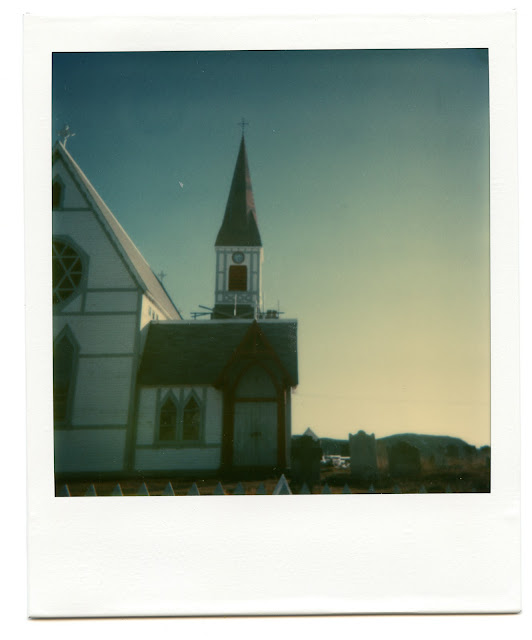A cracked window or small leak in a roof might not seem like a big problem, but left unfixed, it can lead to major headaches for a homeowner. For owners of heritage properties, help is on the way to fix some of those small problems before they become big ones.
Heritage NL has designated over 360 properties across the province as Registered Heritage Structures, a program which began in the early 1980s. Today, many of these iconic properties need some fixing-up. At a recent meeting of its Board of Directors, the organization agreed that the ongoing maintenance of heritage buildings is important, and needs to be a priority.
“Deferred maintenance puts historic structures at risk of permanent damage or loss,” says Dr. Lisa Daly, Heritage NL Chair. “In the long run, the costs associated with regular maintenance of heritage features will be less than waiting to do large-scale repairs. On a practical level, it makes financial sense for Heritage NL to start addressing this now.”
In order to discourage deferring maintenance, and to encourage the continuous upkeep of designated properties, Heritage NL has streamlined and expanded their grant program. Structures designated by Heritage NL are now eligible to apply for a cost-shared grant of $3,000 every three years to assist with upkeep of exterior heritage features such as wooden windows, trim, and clapboard.
The grant, while not large, is meant to help cover the gap between using less expensive repair options and proper restoration with the use of original materials.
Heritage NL has allocated a portion of its annual granting funds to cover this specific need, and owners of Registered Heritage Structures are encouraged to check the Heritage NL website for conditions and an application form.


















